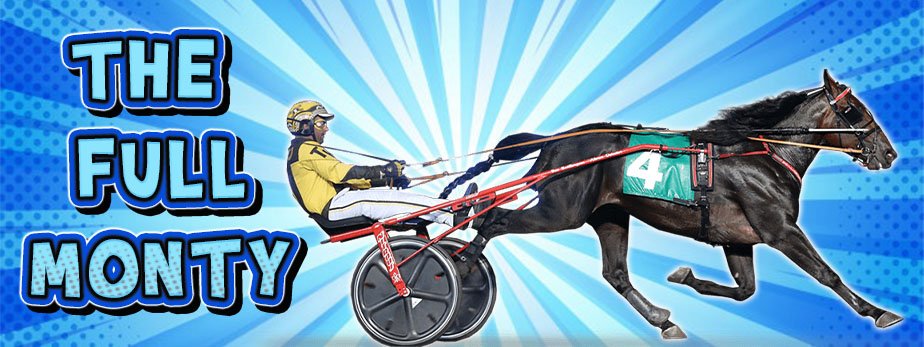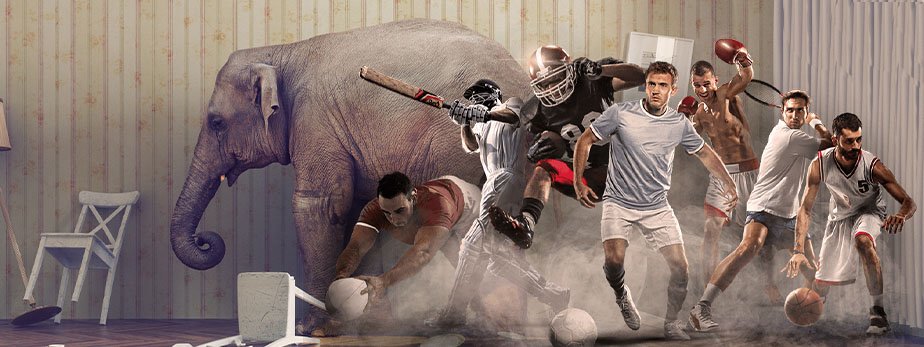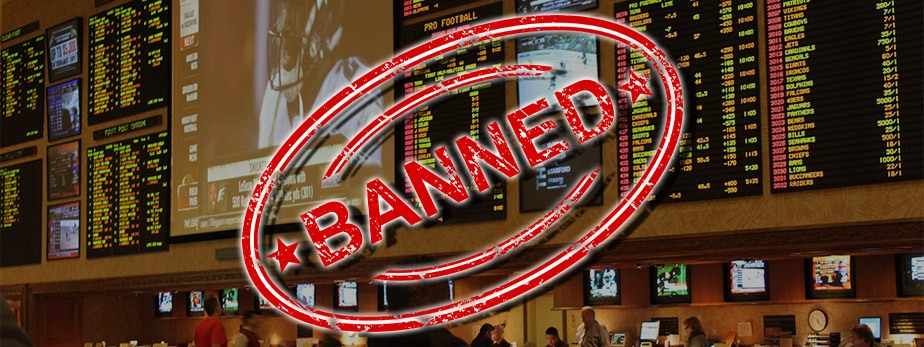Horse Racing; The Full Monte And More
If like me you are getting bored with watching the ‘standard’ horse racing currently available on TV, with no crowds and no atmosphere, then you will be pleased to know that there are some alternatives.
I already enlightened you about the joys of Arab horse racing in my blog feature earlier this year, which was received with great enthusiasm, so I thought you might enjoy learning more about some other equestrian events you can add to your betting repertoire.
A Punt on The Ponies
Shetland Pony Racing
For the uninitiated, Shetland ponies are a breed native to the Shetland Isles, some 40 miles off the east coast of Scotland and closer to Iceland than the UK. The maximum permitted height for a registered pony is 42” to the withers (the bottom of the neck for the uninitiated) and they are always measured in inches, not in ‘hands’ as is the case for other breeds.
Shetland’s are fiery little creatures, but full of character and extremely strong for their size. They are also very capable and enjoy a working life far more than being a children’s pet. Watching these tiny ponies launch themselves at full gallop over miniature steeplechase fences is enormous fun.
Although most of the Shetland pony races are run for charitable causes, you can still bet on the outcome. Indeed, the 2019 Shetland Grand National raised over £40k, all thanks to the betting community.
Irish Pony Racing
This sport is about as far away from the Shetland-style races as you could get and you sure as hell don’t want to argue with the riders – and that’s just the kids – never mind the parents who own the ponies. There is no breed preference, although most of the good ponies have a fair smattering of TB blood. There is a maximum height restriction of 14.2 hands or 148cm, so they are much smaller than the average racehorse.
The events are not to be confused with the tamer UK pony races, or those organised by the Pony Club; it is a huge sport in Ireland and the betting community over there takes the whole thing about as seriously as American parents take the achievements of their basketball-playing offspring.
There are flat races which are run over five to nine furlongs or a steeplechase-style option, with a selection of fair-sized obstacles to overcome before the two-mile finish line. There is always betting at these events, be it official or not, and always a beer tent. It does make for a great spectacle should you ever get to that part of the world.
For some of the more official events, there are trackside bookies and a few of the more enterprising amongst them also offer online betting, if you know where to look!
Horses With Wheels
There are three different sports under this heading, trotting, pacing and Monte. That’s the easy part. The challenge is to explain how uniquely the horses involved in these races move and how it is different from watching a standard racehorse.
Harness racers are specific breeds, usually Standardbreds, but there is also a Russian variation, the Orlov Trotter. To the untrained eye, they closely resemble Thoroughbred racehorses, although they are much more robust and race at least once a week. However, it is their unique ability to extend their stride and move incredibly fast (around 30mph) at a two-beat pace that sets them apart.
For the record, a racehorse gallops, with each of its four legs moving individually to achieve average racing speeds of approximately 35mph, at a trot it moves at around 8-12mph.
The average horse has four ‘gears’ or gaits (walk, trot, canter, and gallop) which all vary in speed and the way the horse moves its legs. In the harness racing world, it is the second gear, or ‘trot, that is all-important and it comes with two variations.
Trotting
Firstly, it is crucial to understand the way a trotting horse moves its legs when it is racing. For a trotter, the legs move in diagonal pairs (back left and front right then back right and front left).
Pacing
Pacing is where it gets a little bit weird, as you will rarely (if ever) see an average horse move in this way. Pacers also move their legs in pairs, but both legs on the same side alternately (back left and front left then back right and front right).
If this is of interest, there is more information here:
Other than the way these horses control their legs, they also race harnessed to a lightweight cart, weighing around 40lbs, called a ‘sulky’ which carries a driver. At this moment you might be thinking that harness races will be slow and boring, but forget the type of carriage that the queen travels in and think of a horse and sulky moving at around 30mph.
Harness races are run over distances ranging from half a mile to a mile and during the race the horse must rigidly maintain the two-beat stride. If it ‘breaks’ into a gallop, it is disqualified.
Monte
Now I aim to confuse you completely. Monte racers are primarily trotters (rather than pacers) and must maintain the same two-beat gait throughout the race. However, they do not pull a sulky; instead, they are ridden, but the rider is still described as a driver.
The French word ‘monte’ translates to ‘mounted’ in English and not surprisingly, this sport originated in France where it is still routinely featured on harness racecards. Australia and New Zealand are also becoming more interested in this sport and more bookies are offering odds accordingly. We have yet to see it in the UK, but it is sure to make its way over to our harness tracks at some point.
Wikipedia offers a good overview of this exciting sport, which you can read here.
Eventing And Show Jumping
These are two different sports. Eventing is a three-phase contest covering various aspects of equestrianism: dressage, cross country (over substantial natural obstacles) and show jumping (over a course of coloured fences). At the amateur level, all three phases take place on one day and for the elite top tier 5* events, over three days. Show jumping is a sport in its own right, with much more challenging courses and bigger fences, requiring a high level of training for horse and rider.
Across the UK there are numerous amateur competitions held every year, some just for fun and others to qualify for the top events. It is the latter you will see televised such as the Badminton Horse Trials for eventing and the Horse of the Year Show for show jumping.
As far as betting goes, most bookies offer odds on the major events, but there is an increasing trend towards the availability of betting on qualifying competitions as well. These types of equestrian event are a complete change from horse racing in every respect and offer a world of alternative wagering opportunities.
Exotic Stuff
As a long-term horse owner and big equestrian enthusiast, I could talk about equines all day, but there are other animals to consider as well. There are a few novel ideas. I’m not sure how many of these you can wager on, so they are just for fun:
However, one that you definitely can bet on (and my personal favourite) is camel racing, which takes place all across the Middle East from April to October. Camel racing is no joke either; it is a very serious multi-million-pound business.
Camels are pretty rapid movers too, able to obtain top speeds of over 40mph for a short distance and almost 25mph for up to an hour at a time. Female camels are the most prevalent in racing as they tend to be calmer and more amenable to training.
In a similar way to horses, some camels are sprinters, whilst others prefer a steadier pace over a longer distance, so races vary from 2.5 to 6.5 miles. Younger camels used to be raced by children, but like young horses, young camels have a tendency to be a little skittish and are ridden by robots and controlled by voice commands from their trainers.
There is undoubtedly more to this sport than first meets the eye - quick trip to Dubai to check out the form anyone?

Tracy started writing for us in early 2017 and is a crucial player within our team. She’s the editor of our Blog and regularly writes other articles. Tracy’s online gambling insights are born out of years of real-world experience as a Croupier overseeing table games.

 Blog Home
Blog Home
 Privacy Policy
Privacy Policy
 About Us
About Us








